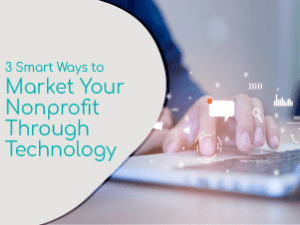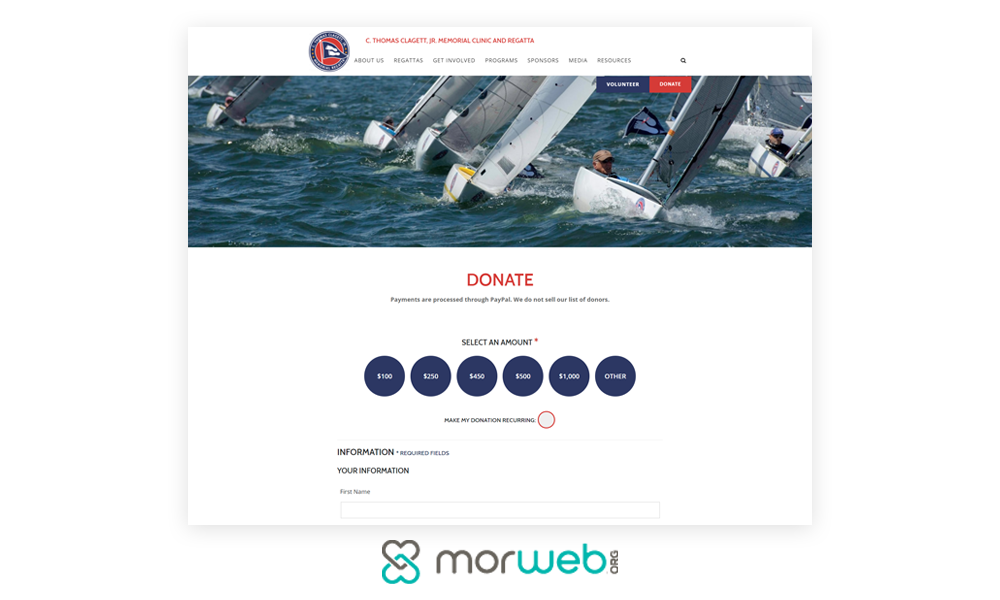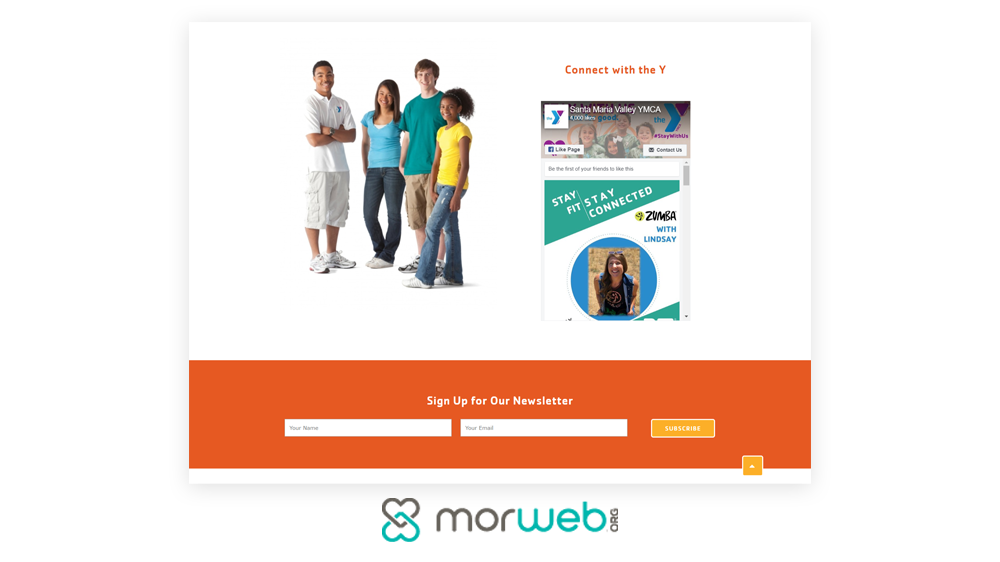
As dependence on technology grows, it’s becoming increasingly important that nonprofits rethink their digital marketing strategies to reach donors across all devices. The best place to start doing this is on your website.
Your website can mean the difference between converting visitors into donors and visitors losing interest before they even give your organization a chance. To simplify the web design process, it’s a good idea to invest in a content management system (CMS). One that’s easy to manage and allows for extensive customization will provide consistent value for your team and serve as a solid foundation for your marketing efforts.
With the help of an intuitive CMS designed for nonprofits, you can effectively spread the word about your cause online using the following best practices:
- Create an appealing donation page.
- Start conversations on social media.
- Perfect your email marketing.
Whether you’re an association looking to boost membership or a non-governmental organization (NGO) seeking to promote social or political change, strengthening your website is crucial for executing your digital marketing strategy. Ready to learn how to improve your online presence and raise awareness for your mission? Let’s jump in.
1. Create an appealing donation page.

Donor engagement is maximized as the individual fills out your donation form, which is the final step in securing financial support for your cause. However, you’ll likely lose supporters’ interest if they find your donation page difficult to navigate or hard to fill out.
When you design your donation page, be sure it’s user-friendly by following these tips:
- Create your form through your nonprofit CMS. Ensure your nonprofit CMS includes a donation form builder. This eliminates the need to invest in additional software. Plus, this will help avoid sending prospects to a third-party website and risking a higher bounce rate.
- Make your form mobile responsive. Mobile giving is on the rise. According to these nonprofit fundraising statistics, the number of donations made on mobile devices last year increased by 50%. In other words, it’s important to make sure your form is easily accessible on mobile devices. This way, donors can conveniently access your page without the frustration of having to pinch and zoom to read content. Be sure to invest in a CMS that enables automatic mobile responsiveness to quicken the process.
- Simplify your form. Resist the urge to ask for too much information on your donation form. Only request the essentials, such as contact information and payment data. Decluttering this page by limiting the number of fields you include is an easy way to reduce page abandonment and ensure donors complete the giving process.
- Include compelling imagery. Tug at your supporters’ heartstrings with imagery that conveys your core mission. When placed strategically, imagery can help you better connect with donors. By showing the donor what their gifts will support, you’ll help them visualize their impact and motivate them to give.
If you’re at a loss for what your donation page should look like, feel free to gather inspiration from Morweb’s guide to donation page best practices. Incorporating these ideas will help you design the most compelling donation page possible.
2. Start conversations on social media.

Social media is no longer optional for nonprofits. This growing trend has made these platforms necessary for staying connected with supporters. However, many nonprofits still make several mistakes when it comes to social media. These common mistakes include:
- Opening too many accounts. When nonprofit professionals first create their social media strategy, they often get over-excited and open accounts on every platform. Instead, select platforms that your target audience is already using and that you can regularly update.
- Not integrating social media with other tech solutions. Embed social media feeds on your website so that your supporters can see your posts in real time and engage with them. Your website should also offer social media sharing buttons to allow people to share your event registration pages, donation pages, and blog posts to their personal networks. Additionally, you should link to your social media accounts in the header or footer of your site so that it’s easy for people to follow you.
- Relying on social media event management tools. While Facebook events are good for spreading awareness, this feature won’t collect contact information or allow you to sell event tickets. Instead, ensure your CMS allows you to create event pages and forms that capture all the essential registration data.
Social media is a powerful tool when used correctly. It enables you to connect with supporters where they are and engage with them in new and exciting ways.
When revitalizing your social media strategy, take an omnichannel approach where you link your online marketing channels together. To do this, make sure you link to your website in your social media posts and include live feeds and social sharing buttons on your website.
3. Perfect your email marketing.

Considering that a staggering 99% of us check our emails every day, email is not something your organization should overlook. In fact, email outreach should be one of the core focus areas of your digital marketing strategy. To improve the process, leverage your email marketing platform to promote your nonprofit’s events and fundraising campaigns.
Using the lead capture forms on your website, you can gather plenty of email addresses for your contact lists. Make sure your email outreach is impactful by using the following marketing tips:
- Integrate your website with your email marketing platform. Your website is a powerful tool for collecting email contacts. Rather than manually copying and pasting new submissions into your email marketing platform, automate the process by integrating the two so that your email lists are always up-to-date.
- Segment your supporters. Dividing your supporters into meaningful groups based on common interests can help you better target your appeals. This process is known as donor segmentation and will prove invaluable in your engagement tactics. Check out Doubleknot’s complete donor segmentation guide to learn more.
- Link to other important pages. Link to valuable content such as your website and social media in your email campaigns. Remember, intertwining your marketing platforms allows supporters to engage with your organization in multiple ways.
- Time your emails. Studies show that the best open rates for emails tend to be between 10 a.m. and 2 p.m. Send emails out during this time frame to increase the likelihood that your recipients will read your message and take action.
By taking the time to create cohesive email campaigns, you can improve your supporters’ experiences by effectively spreading the word about engagement opportunities. Using the above tips, refine your email marketing strategy as you go to see the best results.
Your digital marketing strategy is vital for sustaining operations and promoting your mission. If you’re not proactively marketing your organization online, it may be time to rethink your digital strategy, starting by refreshing your website. Incorporating the above tips will do exactly that by building excitement around your cause and boosting overall support.
Now that you’re armed with best practices, you can create and execute an effective digital marketing plan. So long as you leverage an intuitive CMS, you’ll be able to take advantage of all your opportunities and expand your online presence with ease.
- Invest in a comprehensive CMS platform made for nonprofits that simplifies the web design process.
- Rethink your current digital marketing strategy and locate areas for maximizing the return on your efforts.
- Develop a plan for continually refreshing your website and your marketing efforts to connect with larger audiences.